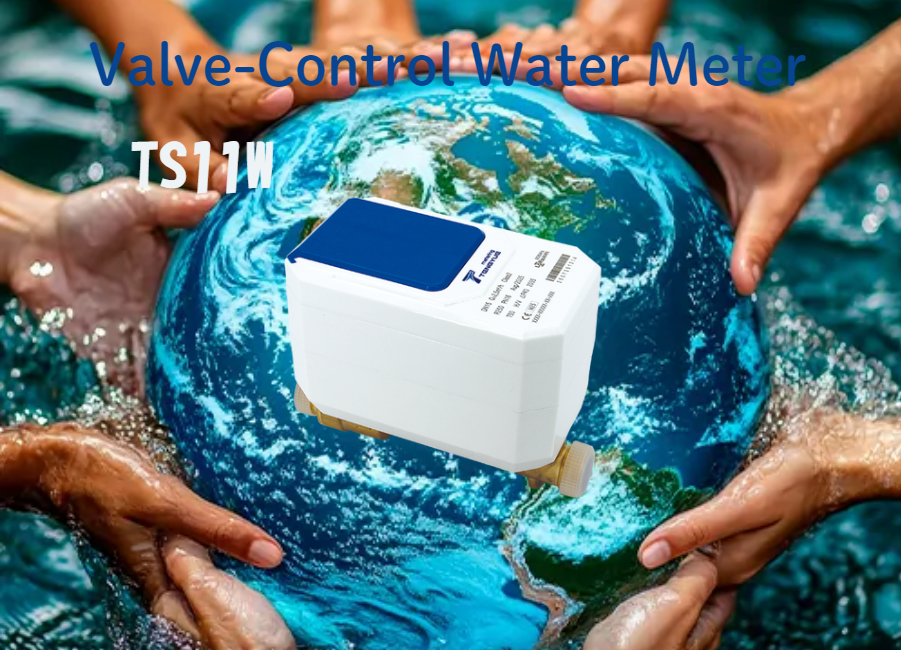Water utilities worldwide are facing an unprecedented financial drain. According to the World Bank, approximately 320 billion cubic meters of water are lost annually due to leaks and illegal connections, translating to nearly $9 billion in lost revenue each year. Compounded by aging infrastructure, rising energy costs, and increasing demand from a growing population, this level of water loss—often referred to as Non-Revenue Water (NRW)—is unsustainable. To remain viable, water providers must shift from reactive repairs to proactive, technology-driven management.
Conventional water management systems often detect leaks only after significant damage has occurred. The manual process of identifying leaks, dispatching crews, and shutting off water mains is time-consuming, costly, and disruptive to customers. This reactive approach fails to address the root cause of water loss and leaves utilities vulnerable to continuous revenue leakage and infrastructure degradation.
A practical example of this shift can be seen in Hyderabad, India. Faced with severe water loss, the city’s municipal authority implemented a smart metering and automated water supply control system. The result was a significant reduction in water loss and a marked improvement in operational efficiency. This case proves that data-driven, remote management is not a future concept but a present-day solution for conserving water and securing revenue.
Introducing the TS11W Valve-Controlled Ultrasonic Meter: A Proactive Defense
To address these challenges head-on, Tengyue Metering has developed the TS11W, a valve-controlled ultrasonic water meter designed for proactive water network management. It transforms a simple measurement point into an intelligent control terminal.
Key features of the Tengyue Metering TS11W include:
Ultra-High Precision: With a minimum start flow of just 1 liter per hour, the TS11W can detect the smallest leaks that traditional meters miss, enabling early intervention.
Built-in Remote Control Valve: The integrated valve allows for remote flow restriction or complete shut-off, empowering utilities to react instantly to major leaks, tampering attempts, or non-payment issues without dispatching a field team.
Real-Time Alerts: The system automatically sends notifications for potential leaks, low battery, tampering, valve closure, or backflow, ensuring a timely response to any event.
Seamless System Integration: The TS11W is fully compatible with DMA (District Metered Area) systems and AMI (Advanced Metering Infrastructure) platforms, providing a holistic view of the water network for remote monitoring and control.
Achieving global water sustainability will require significant investment. Experts estimate the need is between $131 billion and$140 billion annually. For this investment to be effective, it must fund technologies that deliver a clear and rapid return. The TS11W does exactly that by:
Reducing Non-Revenue Water: Directly recovering lost water and revenue.
Lowering Operational Costs: Minimizing expenses for manual meter reading, leak detection, and emergency repairs.
Extending Infrastructure Lifespan: By managing pressure and preventing catastrophic failures, the stress on the overall network is reduced.
The challenges facing the water industry are real, but they are not insurmountable. By adopting digital technologies and smart control systems, water utilities can transform their operations. The Tengyue TS11W valve-controlled smart meter is a prime example of how innovation can enhance water awareness, prevent waste, and build a more secure and profitable water future.

